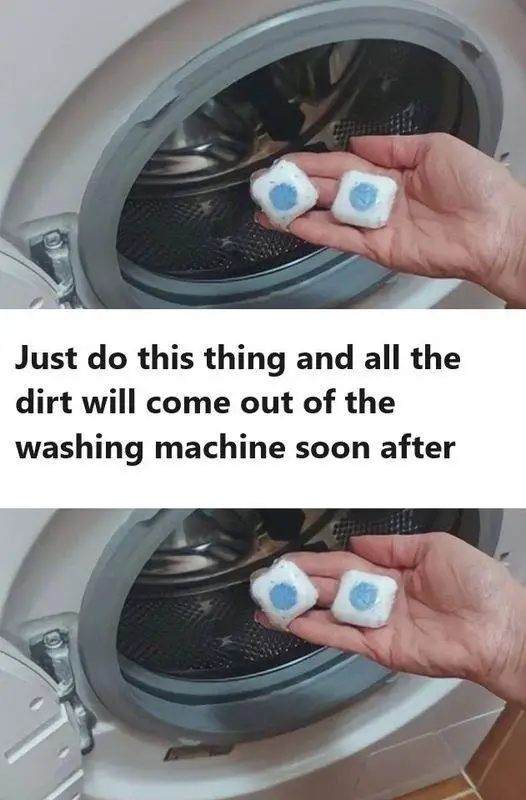A clean washing machine is essential for maintaining the freshness and hygiene of your laundry. Over time, detergent residues, fabric softeners, and mineral deposits can accumulate, leading to unpleasant odors and reduced efficiency. Regular maintenance not only extends the lifespan of your appliance but also ensures that your clothes come out spotless and smelling fresh.
Why Regular Cleaning is Crucial
Many assume that because washing machines are constantly exposed to soap and water, they are self-cleaning. However, this is a misconception. Residues from detergents, fabric softeners, and minerals in the water can build up inside the machine. Additionally, moisture creates an ideal environment for mold and mildew growth, which can transfer unpleasant odors to your laundry and even pose health risks.
Natural Cleaning Agents: Vinegar and Baking Soda
Utilizing natural cleaning agents like white vinegar and baking soda is an effective and eco-friendly way to cleanse your washing machine. White vinegar is acidic, which helps dissolve soap scum and mineral deposits, while baking soda’s alkaline nature neutralizes odors and provides gentle abrasion to remove grime.
Step-by-Step Cleaning Process
- Prepare the Machine:
- Empty the Drum: Ensure there are no clothes inside the washing machine.
- Select the Hottest Cycle: Set your machine to the hottest and longest wash cycle available.
- First Cycle with Vinegar:
- Add Vinegar: Pour 2 cups of white vinegar directly into the drum.
- Run the Cycle: Start the machine and let it complete the full cycle.
- Second Cycle with Baking Soda:
- Add Baking Soda: Once the first cycle is complete, add half a cup of baking soda into the drum.
- Run Another Cycle: Run the machine on the same hot and long cycle.
- Clean the Detergent Drawer and Seals:
- Remove the Drawer: Take out the detergent drawer and soak it in a solution of warm water and vinegar.
- Scrub the Drawer: Use a soft brush to remove any buildup, then rinse and dry thoroughly before reinserting.
- Wipe the Seals: Dampen a cloth with vinegar and wipe around the rubber door seal to eliminate mold and mildew.
- Final Rinse Cycle:
- Run a Plain Water Cycle: To ensure all residues are flushed out, run one last cycle with just water.
- Air Dry:
- Leave the Door Open: After cleaning, leave the washing machine door open to allow the interior to dry completely, preventing the growth of mold and mildew.
Additional Tips for Maintenance
- Monthly Cleaning: Incorporate this cleaning routine into your monthly household chores to maintain optimal performance.
- Use the Right Detergent: Opt for high-efficiency (HE) detergents if your machine requires them, as they produce fewer suds and reduce residue buildup.
- Avoid Overloading: Overloading the machine can prevent proper rinsing, leading to residue accumulation.
- Dry the Gasket: After each wash, wipe down the rubber gasket to remove moisture and prevent mold growth.
Benefits of Natural Cleaning Solutions
Choosing natural cleaning agents like vinegar and baking soda offers several advantages:
- Eco-Friendly: They are biodegradable and do not introduce harmful chemicals into the environment.
- Cost-Effective: Both vinegar and baking soda are inexpensive and readily available.
- Gentle on the Machine: Unlike some commercial cleaners, these natural agents do not cause wear and tear on the machine’s components.
Conclusion
Maintaining a clean washing machine is essential for the hygiene of your laundry and the efficiency of the appliance. By following this natural cleaning regimen using vinegar and baking soda, you can effectively eliminate dirt, grime, and odors, ensuring that your washing machine remains in optimal condition. Regular upkeep not only enhances the performance of your machine but also extends its lifespan, providing you with clean and fresh laundry every time.

